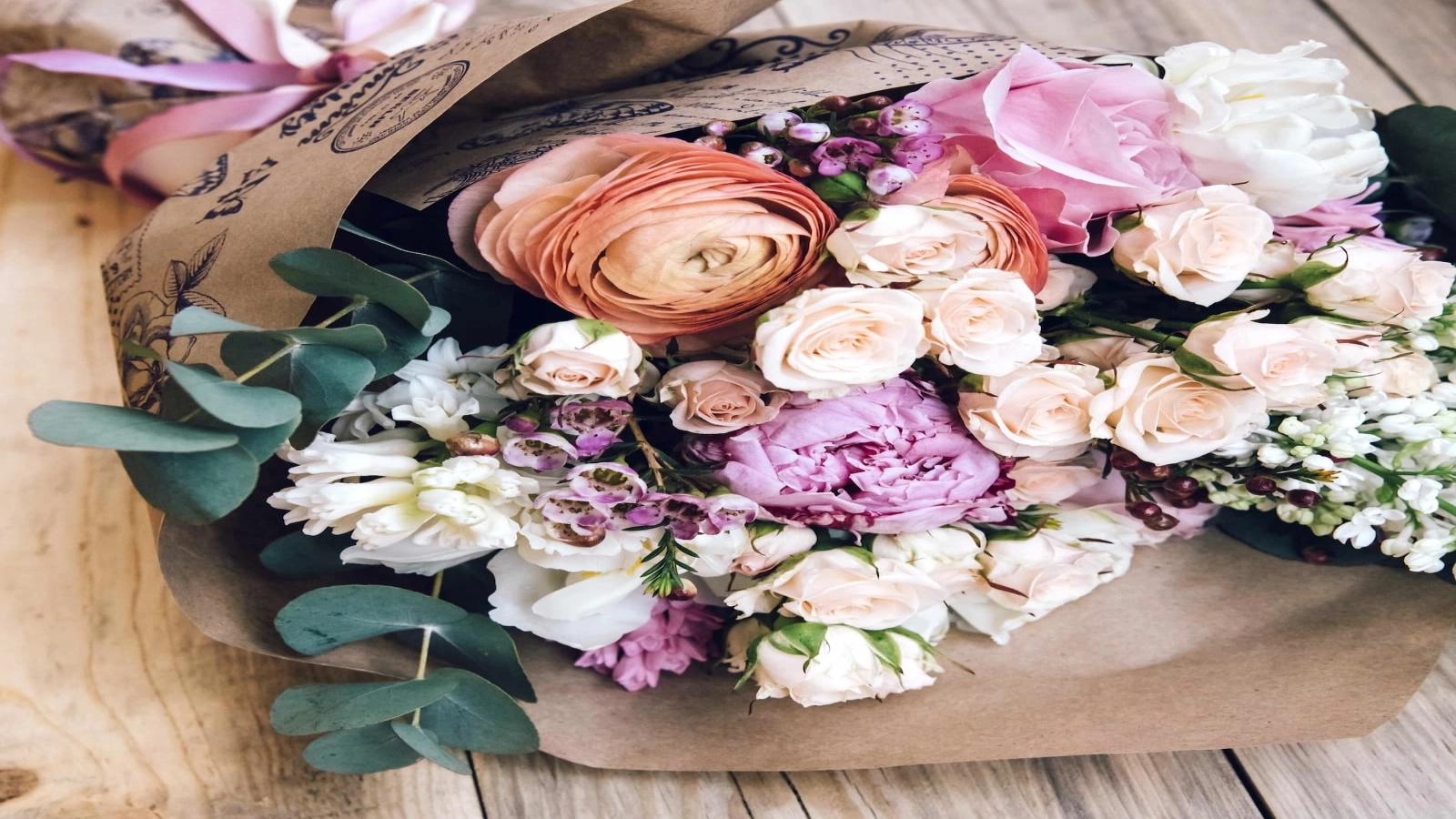The largest flower producers in Romania, namely the florists in the commune of Santana de Mures, central Mures County have decided to temporarily give up part of the profit so as not to excessively increase prices this spring, concurrently with the rapid increase in energy costs, although this has also involved an explosive evolution of expenditures on raw materials, Agerpres reports.
"The increase in energy prices has affected us a lot. The cost per kWh last year was 0.19 bani (subunit of national currency RON, 100 bani = 1 RON, ed. n.), and now it has reached 0.47 plus VAT, so the cost of a monthly bill has increased by almost 3 times. This increase will certainly be found in the cost of flowers, because these increases are not only related to energy, they are increases in raw material costs: seeds, flower cuttings, pots, everything that means plastic, peat, fertilizers, labor, so all of them have grown somewhere between 20 and 30 percent, even 40 percent, taking into account the fuel. We have high transportation and distribution costs, and all of that can even go up to 40% percent if we were to take it strictly, mathematically. But we, as producers, will have to cut back on the profit margin, because if we were to increase sales prices in relation to the cost of production, we would have to get somewhere to 40 percent, but we cannot afford that, at least for now," said the economic director of one of the largest flower companies in the village of Curteni, Beniamin Borza.
He says that the company has not resorted to redundancies, he has 20 employees, an acreage of flower greenhouses of almost one and a half hectares, and, for the time being, he is trying to make managerial decisions so as to remain successful in the market.
"During this period, there are a lot of people knocking on our door for us to offer them a job, something that has not happened in the last 10 years. It is obviously a consequence of the fact that other businesses have already closed, there are many businesses that have closed and people from different fields, such as construction, installations, wines come and are willing to work for us, because at the moment we can offer these jobs and we hope to continue to do so, not to be just a conjuncture," said Benjamin Borza.
Flower greenhouse owner Erzsebet Kardos showed that although prices have risen and utility costs have been very high in the cold season, when greenhouses need to be heated, 90 percent of the spring flower production is already sold.
"In the offer for March 1 and 8 we have hyacinths, cyclamen, primroses from our own production, plus more elegant flowers, which we import from the Netherlands. About 90 percent of them are sold. Until now, many afforded to beautify their garden, the balconies, there were acceptable prices for quality flowers, now we do not know how they could bear the costs," said Erzsebet Kardos.
Despite the difficulties facing the flower growing sector, there are professionals in other fields, who have had successful careers and an extremely active professional life, but who have decided to re-orientate themselves in order to find peace.
An example is Istvan Adam, one of the most coveted managers in the field of HoReCa (hospitality industry) in Targu Mures, who decided to return to his first love, that is, to flowers, after a career of almost 30 years in the hotel and catering industry.
"I chose this field after working in the food service industry since '92 and I don't think I would return to HoReCa. It's wonderful here, the flowers, the greenery and absolutely everything gives you a positive energy. Here we have the spring production. Cyclamens were planted at the end of September, they do not need much care because they are plants that like low temperatures, so used heating at a minimum, they can also get sick, they can get certain diseases, which can attack the flower, the middle or bulb, now they are at their peak, they are in full bloom and ready for March 1 and 8," said Istvan Adam.
"Every day we do something else, but now is the time for the growing of cuttings, for the propagation. Throughout the winter we have grown cuttings from many varieties, geraniums, surfinias, carnations, fuchsia flowers, absolutely all of them have been grown from cuttings, we had other mother plants. Here we are preparing the next production, there are the seasonal flowers, the balcony flowers, the geraniums, the dipladenias, the surfinias," further said Istvan Adam.
Flower producers in Santana de Mures, give up part of profit due to increase in utility prices, to preserve business
Articole Similare

9
Bucharest Stock Exchange closes Monday trading session higher across most indices
9

10
Romania enters 2026 with better-balanced public finances, solid foundation for responsible budget (FinMin)
10

11
CultMin: Through proposed amendments to Copyright Law, artists can earn more
11

15
French Minister Delegate to the Minister of the Armed Forces to visit Cincu Training Centre, 30 to 31 December
15

9
Education Ministry,clarifications regarding elimination of 30,000 positions:Incomplete understanding of way teaching norms are established
9

22
Judges who boycotted CCR session complain that they were called to work on a non-working day
22

10
Implementation of PNRR projects, speeding up payment mechanisms, remain clear priority for Health minister
10

23
CCR boycott futile, PSD sabotages coalition from within, says Forta Dreptei Party's Orban
23

13
Former Justice Minister Ion says abuse by Constitutional Court judges is without precedent
13

10
JusMin has not received any request from CCR regarding reform of magistrates' pensions
10

13
BNR: Deposits of non-government resident customers up 1.5 percent in November 2025
13

12
Senate's Abrudean: Repeated postponements of CCR's decision on pensions reform cannot become a blocking strategy
12

13
Managers from industry and retail estimate moderate decrease in economic activity in coming months
13



















Comentează